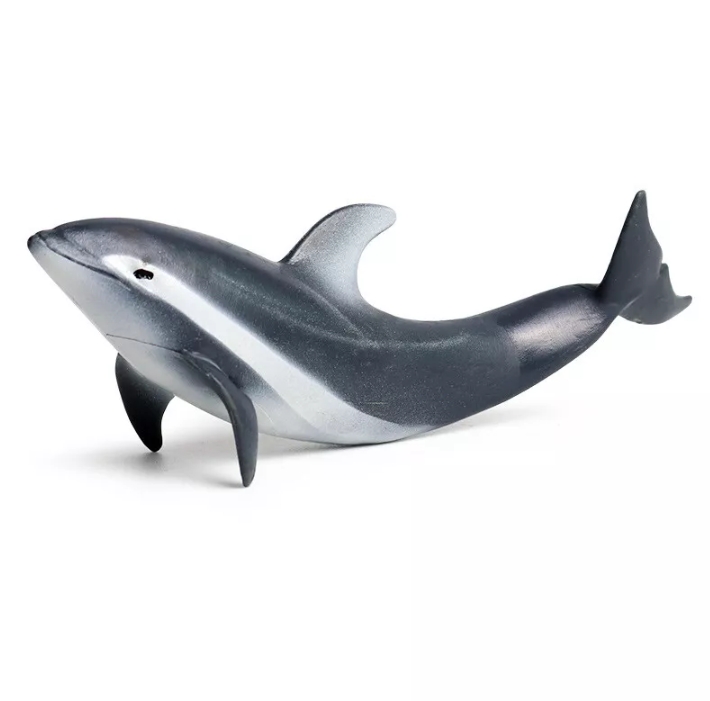The Dolphin model is a tool for simulating and analyzing complex systems, inspired by the flexible and intelligent dolphins of the ocean. This model is not only widely used in environmental science and ecology, but also gradually penetrated into many fields such as economics and sociology. The core idea of the dolphin model is to simulate the interactions between the various elements by establishing the mathematical and relational network of the system in order to better understand the behavior and development trend of the system.
The dolphin model emphasizes connectivity and interactivity within the system. Unlike traditional individual analysis methods,the dolphin model looks at each component as a whole and focuses on synergies between them. For example, in an ecosystem, various organisms depend on each other, predation, competition, and symbiosis all affect population dynamics. Using dolphin models, researchers can simulate these complex relationships and make more accurate predictions about ecosystem stability and resilience.
In the application of economics, the dolphin model can help to analyze the supply and demand relationship in the market, consumer behavior and competitive strategy. Its dynamic simulation capability can reveal how various factors interact under different economic conditions,thus guiding decision makers to make more scientific policies. For example,models are able to show the impact of price fluctuations on consumer demand,as well as changes in market structure after the introduction of new technologies. This global perspective allows decision-makers to consider more variables and potential consequences,reducing the risk of blind decisions.
Dolphin models have also shown significant value in the social sciences. By simulating the interaction between individuals in social networks,we can analyze the phenomena of information dissemination,public opinion and behavior patterns. By observing changes in individual behavior in the model.




